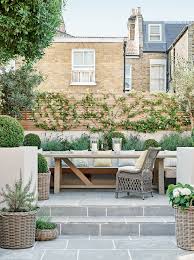
What should I put in my garden for beginners? Gardening for Beginners Step 6: Plant what you like to eat
Best from seed: root crops (carrots, turnips, radishes, etc.), peas, beans, corn, squash, melons, cucumbers, Swiss chard. Best from seedlings: peppers, tomatoes, Brussels sprouts. Successful either way: broccoli, cabbage, cauliflower, lettuce, kale, spinach.
What is in a gardening kit? The organic veggie garden seed kit includes five custom plant markers, a three-part growing guide, soil discs, compostable peat pots and certified USDA organic seed sets for carrots, radishes, lettuce, cherry tomatoes and green beans.
What is the cheapest way to start a garden?
- Compost. The best organic gardeners will tell you that the lion’s share of success in an organic garden comes from the soil.
- Mulch with leftover leaves.
- Choose the right plants.
- Practice co-planting.
- Start from seeds.
- Learn to prune.
- Encourage natural pest control.
What is a plant starter kit? A seed starter kit is used to get your plants growing and help them establish healthy root systems. Usually, a starter kit includes seeds, soil, and a tray. To begin, place soil in each compartment of the tray. Then, add one seed to each compartment and gently cover it with soil.